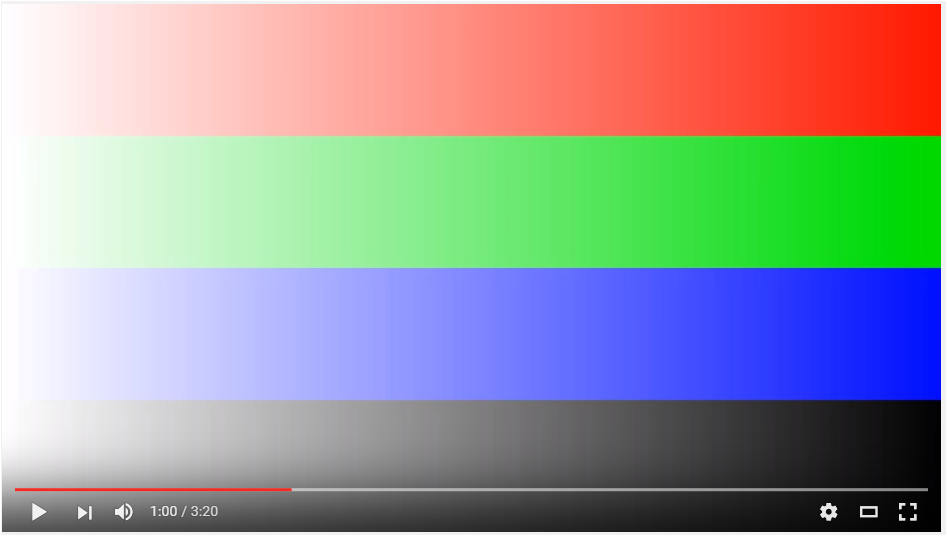
All documentation is available online only and may vary by display. Utilize the blue-filter/blue-only mode that is offered on some displays, or use the accurate reference materials to verify color Spears & Munsil UHD HDR Benchmark does not include blue filters from the SDR era for the simple fact that blue filters don't work on HDR displays. Every pattern was created using our exclusive ultra-high precision software tools and represents the state of the art in video reproduction. The Spears and Munsil UHD HDR Benchmark is the most accurate and comprehensive HDR test disc available anywhere. All HDR patterns available in 600, 1000, 2000, 400 cd/m² versions. Extensive selection of patterns for the professional calibrator. Demonstration material provided in HDR and SDR for evaluation. Original demonstration material finished in 8K HDR. Evaluation patterns for motion, sharpness, color alignment and more. Calibration patterns to help set up displays for optimal clarity. This new edition contains all-new patterns optimized for high dynamic range, wide color gamut and Ultra HD resolution Previous editions of the HD Benchmark have been recommended by the New York Times, Home Theater Magazine, Widescreen Review, and dozens of other print and online publications. Whether you’re a home cinema enthusiast or a professional calibrator, you’ll find all the tests you need to set up and adjust your HDR display in the Spears and Munsil UHD HDR Benchmark. Liberate your thinking, experiment with those controls, and feel free to make the video look right to your eyes in your environment.Please read the online User Guide to learn how to optimize your display with the Spears & Munsil UHD HDR Benchmark. The variations in the ambient light environment, the hardware capability of the TV to show deep shadows and bright highlights, creative lighting/editing choices in particular scenes, and personal preference all make far more difference than fine calibration. 
Playing around with fine calibration requires a high-quality color meter, and probably wouldn't produce significant improvement for most people. The digital content from all sources gives you the unaltered video values that the producer intended.

The TV is roughly calibrated at the factory to give you the standard screen appearance with standard digital input values. It made some sense in the days of analog video inputs, but now the only value is to run the examples that show you the independent effects of the different controls.

I think the time for TV calibration software has passed.







 0 kommentar(er)
0 kommentar(er)
